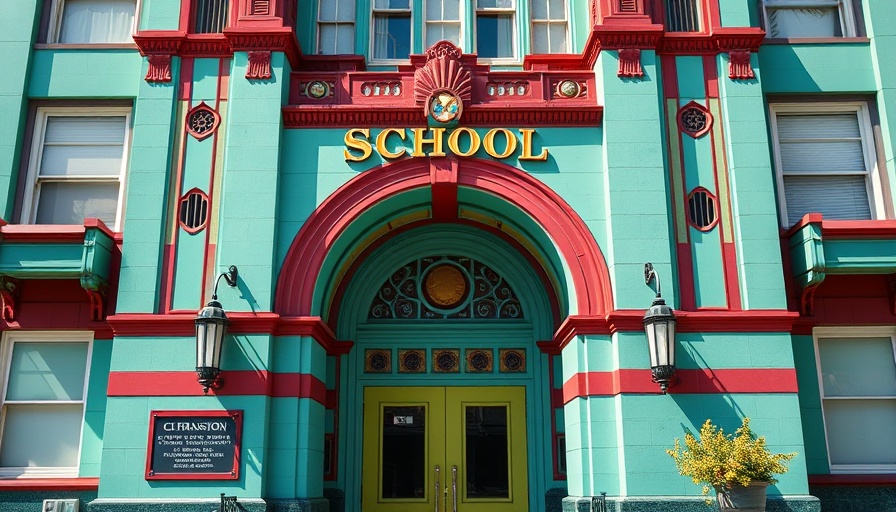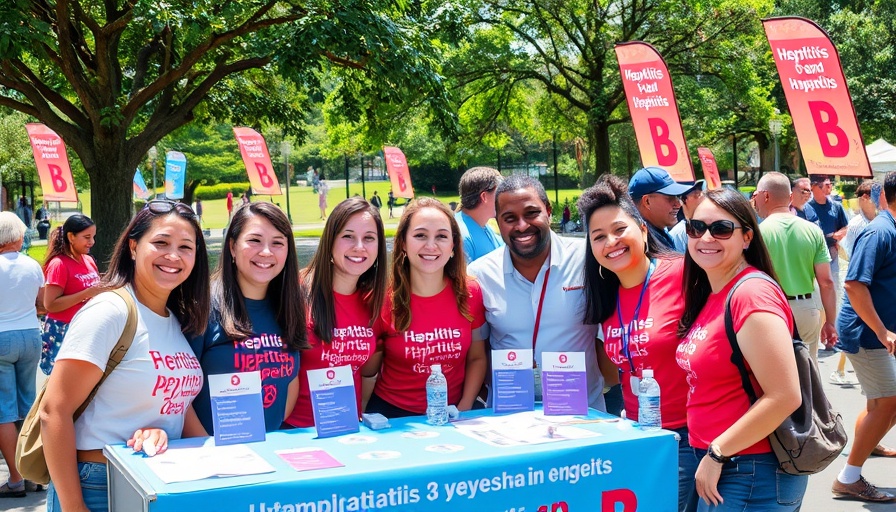
San Francisco's Language Learning Landscape: A Shift in Focus
As educational priorities in San Francisco undergo a transformative shift, the San Francisco Unified School District (SFUSD) is navigating the complex landscape of language education. While the district is initiating new language programs designed to enhance bilingual instruction for English-speaking families, longstanding resources for English learners, particularly Cantonese-speaking students, are quietly being diminished. This juxtaposition raises critical questions about accessibility and equity within the city's diverse educational framework.
Emerging Programs Amidst Cuts
In July, the SFUSD announced an exciting new charter school aimed at combining Chinese and English instruction funded by private sources. This initiative has ignited enthusiasm among parents who have long sought bilingual options for their children, specifically in Mandarin, which is theoretically more aligned with the historical and cultural heritage of a significant portion of San Francisco's community. However, this optimism starkly contrasts with a quieter narrative of reduction; half of the Cantonese programs have been phased out in the past four years due to low enrollments, leaving many parents, like Derrick Tam, shocked and frustrated upon discovering their intended pathways for education had disappeared.
The Paradox of Enrollment
Parents have taken to social media and community forums to express their bewilderment at these changes. Derrick Tam's experience illustrates a larger issue where essential programs for English learners are disappearing at a time when new options for bilingual education are being heralded as a great step forward. Despite the district's rationale of reallocating resources to improve learning through larger classes, many families feel their needs are not being fully considered. Parents often operate under the mistaken assumption that the educational programs they hear about will still be available for their children, a misconception fueled by lack of transparency.
A Call for Transparency and Engagement
The district has defended its decisions, asserting that all program cuts resulted from discussions held at council meetings. However, many parents, such as Tam, feel that they were not adequately notified about critical program changes, leading to a surrender of options that cater specifically to their linguistic needs. Laurance Lem Lee, a former board candidate, expresses concern over these reductions being made under the radar, suggesting that families across various communities deserve clear, accessible communication about their children's educational options.
Balancing Bilingualism and Inclusivity
As public attention shifts towards expanding dual-language immersion programs, the district must grapple with the paradox of pursuing bilingual opportunities for English-speakers while simultaneously scaling back on critical programs for English learners. This trend necessitates a reevaluation of what bilingual education should strive to achieve. It emphasizes not merely growing numbers but fostering inclusive learning environments that support students who face barriers in accessing quality education.
The Community's Request for Advocacy
There is a growing movement among parents to advocate for the preservation and restoration of language programs that assist English learners. Community meetings and social media dialogues serve as platforms for these families to express their distress and rally for change at a systemic level. Furthermore, involving community members in the decision-making process can strengthen trust and facilitate better programs tailored to the evolving demographics of San Francisco's schools.
What's Next for San Francisco's Schools?
Looking forward, it’s essential for district leaders to focus on both sustaining existing programs that serve English learners while integrating new offerings that cater to diverse populations. Coupled with a strategic communication effort that genuinely engages parents and stakeholders, SFUSD has the opportunity to turn this moment of change into a renaissance for language education in San Francisco. A balanced approach can ensure that all students, irrespective of their background, have access to quality bilingual education that prepares them for the challenges of a multicultural world.
Conclusion: Empowering Families through Knowledge
As discussions on bilingual education in San Francisco continue, it’s evident that parents and families play a pivotal role in shaping the futures of their children’s education. Awareness of program changes, a commitment to advocacy, and open lines of communication are paramount for ensuring that no voices go unheard. Families are encourage to actively engage in district meetings, provide feedback, and push for a system that balances inclusivity with opportunity for all students. By participating in making their voices heard, they can promote the language diversity their children deserve.
 Add Row
Add Row  Add
Add 




Write A Comment